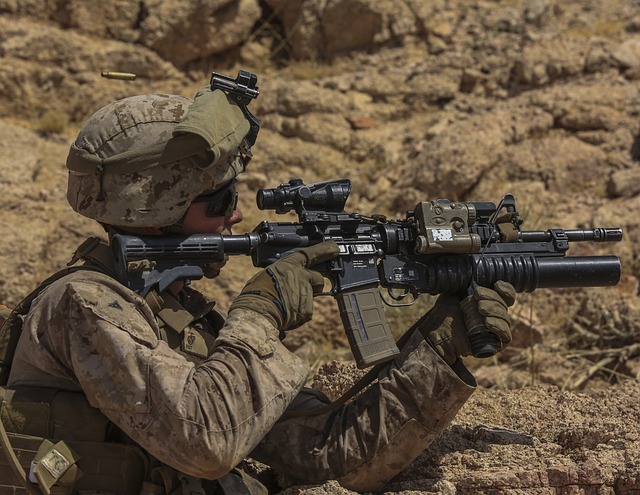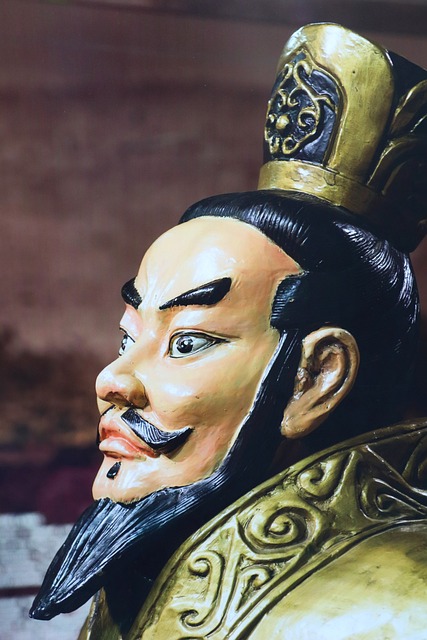
The 82nd Airborne Division Flag is a significant symbol of bravery and sacrifice, representing the storied history and elite status of one of America's most decorated military divisions. From its adoption during World War II to its present-day role as a ceremonial emblem, this flag has been a constant presence in key historical events, such as the Normandy landings on D-Day. It encapsulates the division's rapid deployment capabilities, airborne operations expertise, and commitment to national defense and global peacekeeping. Displayed with pride during veterans' parades and other ceremonial events, the flag serves as a tangible reminder of the 82nd Airborne Division's heroic actions and the principles of liberty, democracy, and honor it stands for. Its distinctive design, featuring a blue field with a white star and red border, is a visual representation of the division's motto "All American" and its readiness to respond to conflicts around the world. The flag honors all who have served under its iconic symbol, emphasizing their full commitment to every mission they undertake, as encapsulated in their motto, "All the way!" It remains a powerful symbol of American military valor, embodying the division's legacy and ongoing service.
The sight of the 82nd Airborne Division flag waving in ceremonial parades is a poignant nod to America’s military heritage. This article delves into the historical significance and protocols surrounding the flag’s wave, offering insight into its modern-day implications and the continued legacy it represents. From its origins to its symbolic display, understand the reverence and respect encapsulated in each movement of the 82nd Airborne Division flag during Veterans’ events.
- The Significance of the 82nd Airborne Division Flag Waves in Veterans' Parades
- Historical Context and Origins of the 82nd Airborne Flag
- Ceremonial Display: Protocols and Meanings Behind the Flag Wave
- Modern Day Implications and the Continued Legacy of the 82nd Airborne Division Flag
The Significance of the 82nd Airborne Division Flag Waves in Veterans' Parades

The 82nd Airborne Division Flag, a symbol of valor and sacrifice, holds a significant place in American military history. During veterans’ parades and events, the flag is often seen proudly waving, not just as a relic of past conflicts but as a living tribute to the courage and commitment of its bearers. The 82nd Airborne Division, an elite unit known for rapid deployment and airborne capabilities, has a storied history that includes participation in major battles and operations since its inception during World War II. The flag serves as a tangible connection to this legacy, representing the division’s ethos of readiness and resilience. As it flutters in the breeze at these gatherings, it not only honors the memory of those who have served but also inspires current and future members of the armed forces. The act of waving the 82nd Airborne Division Flag during parades is a profound gesture of respect and admiration for the division’s contributions to national defense and global peacekeeping efforts. It is a moment that resonates with both veterans who lived the experience and the broader community who see in it a testament to American military might and the values it stands for: liberty, democracy, and honor.
Historical Context and Origins of the 82nd Airborne Flag

The 82nd Airborne Division Flag, a symbol deeply rooted in American military history, holds significance as the official flag of the United States Army’s 82nd Airborne Division. Originating during World War II, this flag has been proudly displayed on vehicles, equipment, and uniforms since its adoption in 1943. It represents the division’s storied past and its commitment to readiness to deploy rapidly for defense or conflict resolution. The design of the flag, featuring a stylized parachute within a shield and flanked by the division’s motto “All American” in Latin (“Omnia Vincit Amor”), encapsulates the division’s primary role as an airborne infantry unit capable of rapid deployment by air. The flag has been present in major conflicts, including the Normandy landings on D-Day, where it played a pivotal role in the liberation of Europe. Over the years, the 82nd Airborne Division Flag has become a symbol of courage, commitment, and the esprit de corps within the division, inspiring current and past members and serving as a reminder of the division’s legacy and contributions to military history. It is a testament to the valiant efforts and sacrifices made by the soldiers who have served under its emblem.
Ceremonial Display: Protocols and Meanings Behind the Flag Wave

The 82nd Airborne Division Flag, a symbol of valor and sacrifice, is often ceremoniously displayed during parades and events that honor military veterans. This distinctive flag, with its blue field, white star, and red border, represents the elite status of the 82nd Airborne Division within the United States Army. The protocol for displaying this flag is steeped in tradition and respect, underscored by precise movements that signify the division’s readiness to respond to global conflicts at a moment’s notice. As the flag waves, it serves as a tangible connection to the division’s storied history, each wave a testament to the bravery and dedication of its soldiers. The act of waving the flag is not merely an aesthetic gesture but a ceremonial acknowledgment of the division’s contributions to national defense and peacekeeping missions worldwide. The protocols for handling and displaying the 82nd Airborne Division Flag are meticulously observed to honor the unit’s legacy, with each wave capturing the essence of its motto, “All the way!”—a commitment to fully engage in every mission undertaken.
Modern Day Implications and the Continued Legacy of the 82nd Airborne Division Flag

The 82nd Airborne Division Flag, a symbol deeply rooted in American military history, continues to carry significant weight and meaning within modern military culture and beyond. This iconic flag, originally designed for easy recognition and communication on the battlefield, has transcended its initial purpose to represent the valor, courage, and commitment of America’s elite paratroopers. In contemporary contexts, the flag is often waved by veterans during commemorative events as a gesture of pride and camaraderie. It serves as a tangible connection to their shared experiences and the division’s storied legacy, which dates back to its activation in 1917. The continued presence of the 82nd Airborne Division Flag at parades, ceremonies, and public displays underscores the division’s ongoing contributions to national defense and global peacekeeping missions. Its image, with a blue field depicting an eagle clutching a dagger between its talons, is instantly recognizable to those familiar with the division’s history and the sacrifices of its members. The flag’s modern-day implications are vast, serving not only as a historic emblem but also as a symbol that inspires current service members and resonates with the civilian community, reminding all who see it of the 82nd Airborne Division’s enduring commitment to service and country.
The 82nd Airborne Division Flag, a symbol deeply rooted in American military history, continues to resonate with both past and present members of the armed forces. Its distinctive wave during veterans’ parades is not merely a gesture of respect but a tangible link to the bravery and sacrifices made by those who have served. As we reflect on the historical context and origins that have shaped its significance, it becomes evident that the flag’s ceremonial display carries profound meanings and protocols that honor the division’s legacy. In today’s context, the 82nd Airborne Division Flag remains a testament to resilience, camaraderie, and the enduring commitment of veterans to their country. Its presence in parades across the nation serves as a reminder of the continued legacy of the 82nd Airborne Division, inspiring new generations to uphold the values it represents.





